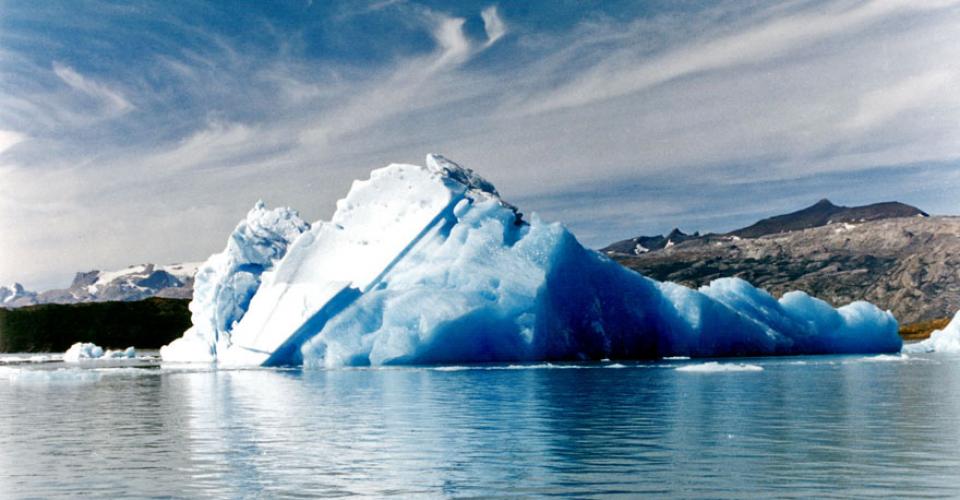Waikato students walk to victory
27/11/2015Year 6 students from Hamilton’s Hillcrest Normal School won DOC’s Virtual Great Walker Competition.
The Virtual Great Walker competition is run by the Department of Conservation and aims to get Kiwi kids out walking and learning about our national parks and native species.
Open to groups of five or more students aged 5–13 years, the competition is supported by Air New Zealand, who helps by flying the winning group to the Great Walk of their choice, wherever in New Zealand that may be.
To be eligible, the groups are encouraged to explore their local parks, reserves and tracks until they have clocked up at least half the distance of a their designated Great Walk.
In addition, the groups must compile a creative presentation to communicate what they discovered and learned on their outdoor adventures.
Hundreds of students from all over the country spent the first term of this year walking in their school ground and communities and investigating the flora and fauna they found on the way.
Department of Conservation outreach and education manager Sarah Murray was impressed by the effort put into the submitted videos, posters and websites.
“It’s heartening to see conservation being incorporated into the curriculum in this way and the impact it’s had on Kiwi kids. We hope as a result more families will consider getting out and experiencing a Great Walk for themselves,” she says.
A group of 32 year 6 students from Hamilton’s Hillcrest Normal School won the competition this year. Their chosen Great Walk? The Abel Tasman Coast Track.
Their teacher Stacey Vowles says the class thoroughly enjoyed working on their Great Walker submission, which included an extensive website with student work, reflections, and cross-curricular activities related to The Living World strand of the curriculum.
“The Virtual Great Walker was an amazing competition that excited the kids. It gave us a purpose to go outside and learn more about the living world around us. The kids learnt to appreciate their community and notice things they wouldn’t normally.”
In early November, Stacey’s class made the Abel Tasman National Park their classroom for two days.
New Zealand Science Teacher asked Stacey about their big trip:
What would you say was the best thing to come out of your class’s involvement in the competition?
My students have gained an appreciation for the natural world around them. Between them, they represent over 12 different ethnicities. We looked at our environment from a bicultural perspective but also through a multicultural lens. We are all guardians of New Zealand, so it's important they know the unique things about our country. Our big focus was to notice, to look for things they wouldn't normally see.
Can you tell me about the trip to the Abel Tasman? How did the kids manage the long walk?
The children learned a lot about perseverance. It wasn't an easy walk, since many children were wearing their school bags, which are not designed to carry a weight for a long time.
However, they all carried on with a smile and enjoyed the beautiful views that the Abel Tasman coastal track has to offer. There was a shout of joy when we could see the hut though!
Tell me about the walking and learning you and the class did in term one. Was it difficult to make time for this each week? Did you find that parents got involved with the project too?
No. I was well organised and put out a note on day one explaining our plan and asking for adult helpers. We undertook four walks leaving from our school and two we had to travel to by car. I had planned each walk over lunch so we could have a picnic and to minimise time out of class. However, there was a lot of learning on each walk. Each walk had a focus e.g. bats, horticulture, trees etc. We stopped and completed activities along the way, breaking up the walking and maximising learning. Parents were always at the ready. We had a core group that always came with us and these parents also accompanied us to the Abel Tasman.
What would you say to other teachers interested in taking part next year?
This is a great competition and an excuse to get outside to learn. Plan your walks early and make it very clear to parents what the learning intentions and benefits of the walks will be. Maximise on all areas of the curriculum – we did native species speeches, art, poetry etc. It even allowed me to introduce big concepts such as MRS GREN (acronym to spark memory about the seven activities of living things: movement, respiration, sensitivity, growth, reproduction, excretion and nutrition.)
Taking part in the Virtual Great Walker competition does present a lot of hard work, but is well worth the ride!

























Post your comment
Comments
No one has commented on this page yet.
RSS feed for comments on this page | RSS feed for all comments